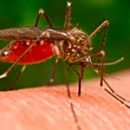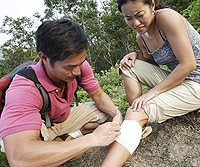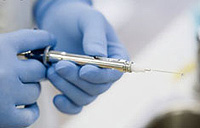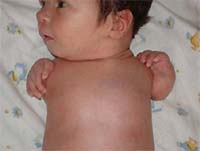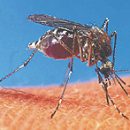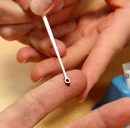The hernia of the intervertebral disk is the extreme manifestation of such a disease as osteochondrosis, as a result of which degenerative changes in intervertebral disks occur.
Content
What is intervertebral hernia?
The process of formation of the intervertebral hernia can be provoked by many factors: osteochondrosis, injuries, weak muscle corset of the back, irregular posture, metabolic disorders, age-related changes, hereditary causes, severe physical exertion, info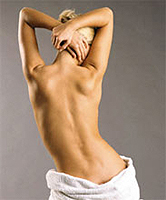 Execution.
Execution.
The emergence of the disease occurs due to the gap of the intervertebral
disk, as a result of which the pulpous kernel comes out and formed
intervertebral hernia. If it is directed toward the spinal cord and his
nerve endings, putting pressure on the bundling apparatus of the spine, then this
causes acute pain. Grooming pressure on nerve root causes inflammation,
Which is accompanied by edema.
Most often encountered hernia lumbar
Spine. This is due to the fact that the lower one has the main load,
Especially during weight lifting or in the wrong position,
performing some work. In the hernia of the lumbar department, the following are observed
Symptoms: Pain in the leg, most often on the back of her surface from the hip to the foot
or heels; Pain in the area of permanent and long (over three
months) character; Isolated pain in the foot or numbness of the fingers of the foot;
Number in the field of paha.
The hernia of the cervical department is accompanied by headaches in
combinations with pressure surges and dizziness, pain that gives in the shoulder or
hand, numbness fingers. At the same time the hernia violates the brain
blood circulation and headaches, dizziness and memory violations are caused by,
which responsible for coordination of the brain departments do not receive sufficient
Number of blood.
The hernia of the breast is quite rare and
Characterized by constant pains in this spine, decline
muscular strength, numbness fingers. This kind of hernia can contribute
Disorders in respiratory and heart.
In the presence of acute or long back pain
It should be primarily a survey. For intervertebral diagnosis
Herniation applies such a survey method as magnetic resonance imaging.
This method is safe, since it does not use X-ray,
and gives a more complete picture of the disease. Magnetic resonance imaging
allows not only to confirm the presence of intervertebral hernia, but also to establish
The degree of expression of inflammation accompanying the disease, determine the size
hernia and the presence of concomitant pathologies.
Methods for the treatment of intervertebral hernia
The choice of treatment method depends on the severity of the disease.
The patient shows compliance with beddown and peace for at least 2-3
months. The most acceptable position -
lying on the back, with raised legs (at the expense of the pillow) and with
using a shield under the mattress. In the treatment of hernia, painful,
Non-steroidal anti-inflammatory agents that help to shoot
Inflammation, at the place of infringement of the nerve, drugs, removing muscle spasms. At
Strong pains apply a novocaine blockade.
Also in the acute stage practicing
Spine. With this treatment method, due to the decompression of the spine,
happens as if «suction» Hernia back. It is very important to choose the method
the right direction of impact and the corresponding effort is not to aggravate
Situation.
If the pains are inexpressive, violated
The process of urination and defecation, there is a persistent numbness of the crotch,
broken the function of the foot or there is muscular atrophy of the legs or hands - this
reason for immediate appeal to neurosurgeon. If the presence of hernia
provokes a violation of the internal organs and leads to partial or complete
paralysis of the limbs, then in this case an operational intervention is applied.
After treatment and for the prevention of exacerbation, apply
Various physiotherapeutic procedures: radon or hydrogen sulfide baths,
Therapeutic gymnastics, manual and needlerapy. Recommended sparing mode
work, hard bed sleep.


